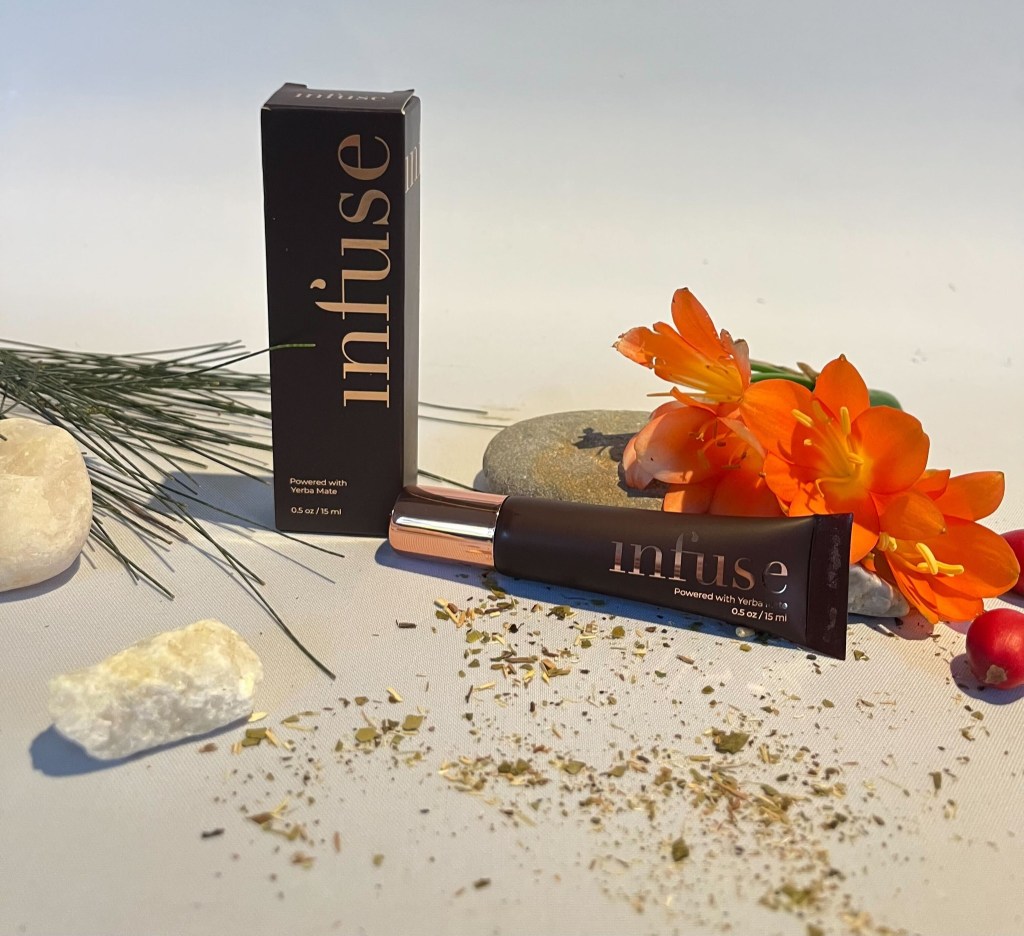What is a pitch deck?
A pitch deck is a visual aid that contains all kinds of business information to help you with your next pitch presentation. Generally, this is a slideshow created using PowerPoint or a comparable platform used to provide your audience with a quick overview of your business. Usually, you will use your pitch deck during face-to-face or online meetings with potential investors, retailers, partners, or board members.
With that in mind, these are the main types of pitch deck you may need to create:
1
Retailer pitch deck
The most common deck a CPG manufacturing company needs to create is a retailer pitch deck. This deck can be used for any meeting you have with a retailer either to convince them to carry your products or to increase your shelf space. These decks rely heavily on showing data that highlights your competitiveness and ability to increase sales for the retailer.
2
Investor deck
Another common deck you may need to create is an investor deck. Unsurprisingly, the purpose of this deck is to convince a business or person to invest capital or resources into your business. The main focus in this deck is to highlight your growth potential and the ROI the investor can expect. If your business is trending upward, make sure to include ample visuals and data to back up your claims and impress the investors.
3
Marketing deck
Unlike the other two types, a CPG marketing deck is primarily intended for internal use. This is a more complex deck that goes over different marketing channels and the ways you intend to use them in the next quarter. It also relies heavily on data you’ve accrued from previous marketing efforts. Luckily, parts of this deck can be stripped an incorporated into the other two, so it’s still worth having.
Questions your retailer pitch deck needs to answer
Pitch decks can seem overwhelming to create. You need to have enough information to sway the listener to give you what you want, but you don’t want to overwhelm them with unnecessary facts and figures. The best strategy is to stick to the same format that answers the most pertinent questions before they’re asked.
Here are the questions your pitch deck needs to answer:
What is your company mission?
This might seem like a vague or uninteresting question, but you really need to include this in every deck you do. Your company mission defines who you are and helps give investors and retailers insight into your long-term goals. It’s much easier to convince a health food store to increase your shelf space when your mission is to help people like longer, healthier lives. Try to keep this section short and straight to the point. You should also tailor the wording to the organization you’re pitching to. Don’t lie, but you can find creative ways to reframe your business mission in a way that resonates with the audience. This only needs to be a few sentences that clearly articulate what your company is all about.
We can’t emphasize enough how this section of your deck will set the stage for everything to follow. You don’t want to start off on the wrong foot and spend the rest of the meeting talking to brick walls.
What problem are you solving?
This question isn’t about the pitch itself, but about your business. You need to be able to express why your brand is the solution to consumers’ problems if you deserve to get investment or shelf space. Maybe customers are seeking a certain quality in their food but can’t get it for a reasonable price, and you fill that niche. Or maybe the market is desperate for a new beauty product for a certain type of hair, and you have the solution. The important thing to remember is that, if there is no problem that needs solving, you have nothing to sell. If you know the top CPG trends for small businesses in 2022, you can speak to how your business will take advantage of, or beat, them.
Who is your target customer?
This is a vital question for any businessperson to answer, regardless of the situation. If you don’t know your target customer, how can you be expected to sell to them? You should already be creating buyer personas that represent your target customer. If so, you can easily include this in the deck without needing to worry too much. If not, you should take a look at both your expected customers and your actual customer data. You’d be surprised how often these two don’t align. Make sure you clarify not only who the customer is, but how this meeting can help you get your products in this customer’s hands.
What are your numbers?
No pitch deck would be successful if it didn’t contain valuable data that expresses your past successes and projected future growth trends. Depending on the type of meeting, you may include sales figures, marketing ROI, financials, and more. Tailor this section to the particular audience you’ll be speaking to and make sure to emphasize areas where you’re excelling. If there are pain points, you can address them, but make sure to explain how you’re going to turn the trend around with firm plans. Being lackadaisical about struggles will not benefit you in a pitch. To ensure you have the most accurate and actionable data, you should invest in retail data analytics that can help you better understand consumer buying patterns.
Who’s the competition?
Another important thing for any business owner to know is who their competition is. This likely includes big brand names, fast-growing disruptors, and other small businesses. Your competition will also vary between retailers and markets. This is a great place to choose the specific competitors your audience knows. Try to avoid picking just the most popular brands and show that you’ve put time and effort into researching the competition. If you don’t know who you’ll be facing, how can you be expected to beat them?
What’s your differentiator?
Now that you’ve gone over the competition, you need to explain what sets you apart from them. This isn’t the same as what problem you’re solving, this is more specific to your business and how it differs from everyone else’s. This is a particularly important point if you’re seeking to increase your shelf space. Since space is limited, you need to emphasize how your brand offers value that the competition simply doesn’t. Done right, you’ll see your products knocking the opponents off the shelf and more money flowing into your bank account and the retailer’s. if your differentiator is promotional pricing or sales, make sure you know how to measure trade promotion effectiveness and that you can explain your successes.
What’s your marketing plan?
Another valuable piece of information to include in your pitch deck is your marketing plan. Do you have a dedicated ad spend? Are you drawing in customers through the internet or local advertising? If you can easily explain to the listener what steps you’re taking to increase market share and bring in customers, it will go a long way to getting them to believe in your business. Try to highlight the market most relevant to your audience and how you’re using marketing tools to build your market share in that market. This section can help show what the future looks like for your brand and emphasize how you’re portraying your products to the customer.
What do you want from this meeting?
This is the crux of your pitch. You need to be as specific and straight-forward as possible when answering this question. You can’t just broadly say you want an investment or increased shelf space. How much do you want, and what will you do with it? The more capable you are of answering these questions, the more confident the listener will be in your ability to follow-through. This is a great section to include data that speaks to your past successes and ability to make things happen. After all, if you managed to increase your sales with less support, imagine what you could accomplish with more.

Deck them with data
Pitching can be tough, but the best tool you can have in your belt when going into your next meeting is data. Whether you’re looking to highlight market trends you want to take advantage of, emphasize your sales velocity compared to the competition, or show an investor your revenue growth, Byzzer is here to help.
With Byzzer’s reporting solutions, you can have all the data you need at your fingertips. You can set up a free account and get access to 1 category, 1 free weekly email alert, and 3 free reports. Sign up for a free account with Byzzer today!
Or, if you’re ready to invest in even more valuable data, reach out to our team, so we can help you build a customized paid plan.



